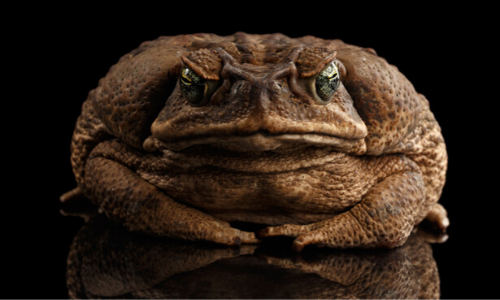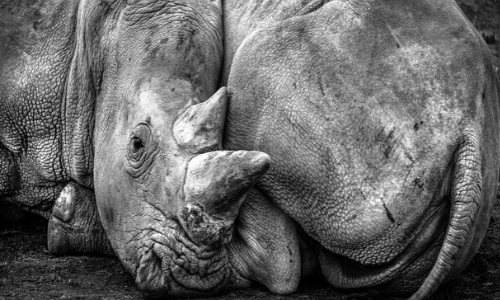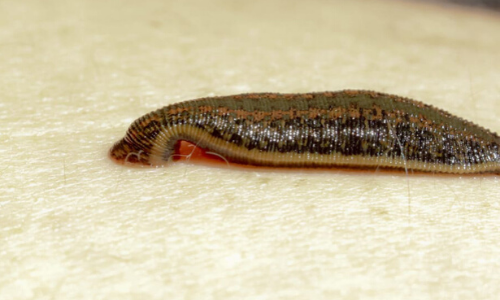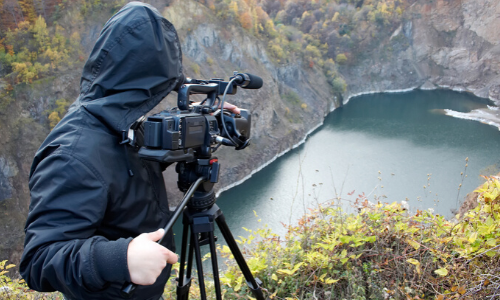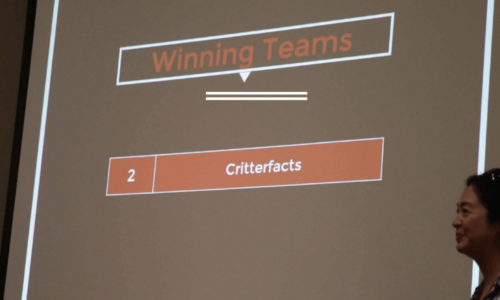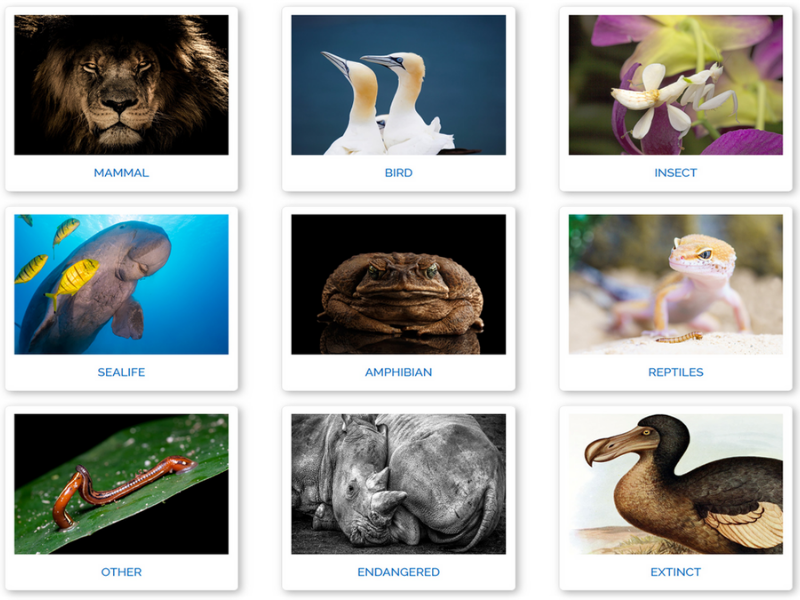I spent two summers observing and researching plains and Grevy’s zebras in Kenya while in college at Princeton University. One of my friends’ favorite questions to ask me used to be: “are zebras black with white stripes or white with black stripes?” I’m pretty sure the answer to that question is white with black stripes. But to me, there is a much more interesting question to ask: why do zebras have stripes at all?
There are a variety of hypotheses about the evolutionary reason why zebras have stripes. They might help with camouflage. Maybe they cause a dazzling effect on predators. They might help keep the zebras cool. That cooling effect is because the zebra’s black fur gets so much hotter than the white fur that a little air current is created. It’s like the zebras have their own little fan.
One well-studied reason for zebra stripes is the stripes’ ability to protect zebras from biting flies. Flies are a nuisance for wildlife everywhere. These insects are not just annoying and itchy. If they get into open wounds, they can cause nasty infections. During my time observing zebras in Kenya, I noticed how zebras were almost constantly swishing and flicking their tails to keep away the flies.

Image by Lindsay Martinez
Researchers have studied whether zebras’ stripes might deter flies from landing on them. My fellow students in Kenya collected flies and then conducted a choice test experiment. They placed the flies in a big box with a striped zebra pelt on one side and a plain brown impala pelt on one side.
Every minute during the experiment, they counted how many flies were landed on each pelt. It turns out that flies seem to prefer landing on plain pelts than striped ones. Having a stripy coat may not keep away every fly, but it probably does help. When you’re a zebra out grazing every day, it’s got to be nice to deal with fewer flies than the plain-colored animals.
Zebra stripes don’t just impact the animals themselves. They also are extremely helpful for scientific research on zebras. That’s because every zebra has a unique stripe pattern. Thus, we can tell individuals apart based on their stripe patterns. Collecting information on specific individuals and not just the entire population allows us to tackle different kinds of questions in our research.

Image by Lindsay Martinez
In my own research on parasitic infection in zebras, I learned to look for a zebra’s most noticeable feature in its stripes to tell it apart from others. See if you can find anything that sticks out in the zebra pictures in this article. Since I could tell individuals apart, I could focus on collecting samples from certain individuals again and again. Then, I could track them over the course of my project.
Unique zebra stripes allowed me to study parasite infection intensity and immune system responses in individual zebras over two months – I got to see how infection and immune antibodies went up and down day by day.
Finally, zebra stripes have been very helpful for figuring out how big the Grevy’s zebra population is. The “Great Grevy’s Rally” is a census of endangered Grevy’s conducted by citizen scientists in Kenya. During the two-day rally, people go out and photograph every Grevy’s they see, being sure to capture its full stripe pattern.
During the Great Grevy’s Rally, Wildbook analyzes every zebra picture and uses the stripe patterns to determine how many unique individuals there are. In the end, researchers can estimate the size of the Grevy’s zebra population. Knowing the population size is crucial for conserving the zebras. And it couldn’t be done without the help of stripes.


